Climate Change
Introduction
Climate change refers to long-term shifts in temperatures and weather patterns, primarily a result of human activities, especially the emission of greenhouse gases into the atmosphere. It is a complex global issue, posing significant challenges for current and future generations.
Understanding Climate Change
Climate change is driven by factors that include natural phenomena, human-induced changes, and the interaction between these elements. The term is often used interchangeably with 'global warming', but the latter refers to the long-term increase in Earth's average temperature, which is just one aspect of climate change.
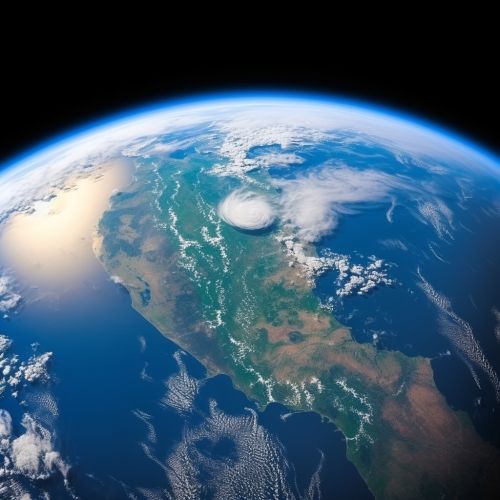
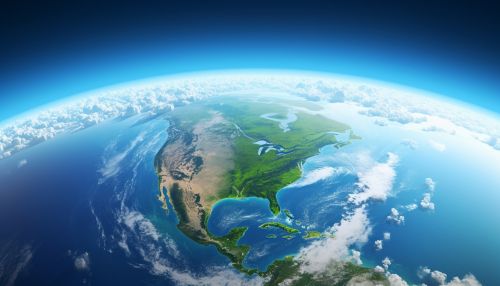
Causes of Climate Change
Climate change is primarily caused by the accumulation of greenhouse gases in the Earth's atmosphere. The greenhouse effect is a natural process where certain gases in the atmosphere trap heat, preventing it from escaping into space and thereby keeping the Earth warm enough to support life. However, human activities, particularly the burning of fossil fuels and deforestation, have dramatically increased the concentrations of these gases, intensifying the greenhouse effect and leading to 'enhanced' or 'anthropogenic' climate change.
Natural Factors
Natural factors that contribute to climate change include volcanic eruptions, variations in solar radiation, and changes in the Earth's orbit around the Sun. These factors have caused the Earth's climate to change many times throughout its history, leading to periods of both warming and cooling.
Human Factors
Human activities have significantly amplified the greenhouse effect, causing the Earth's climate to change at an unprecedented rate. The primary human activity that emits greenhouse gases is the combustion of fossil fuels for energy and transportation, which releases large amounts of carbon dioxide (CO2) into the atmosphere. Other significant sources include deforestation, which reduces the amount of CO2 absorbed by trees, and agricultural practices, which emit methane, a potent greenhouse gas.
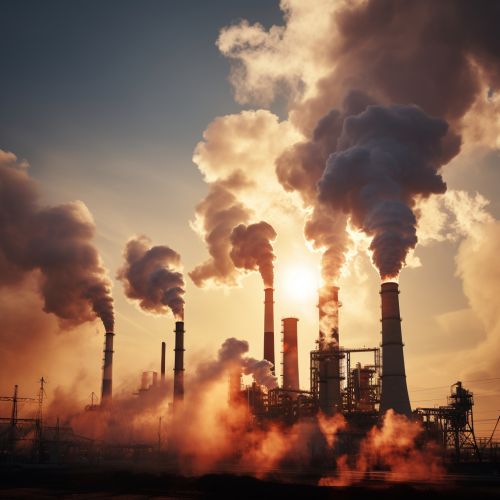
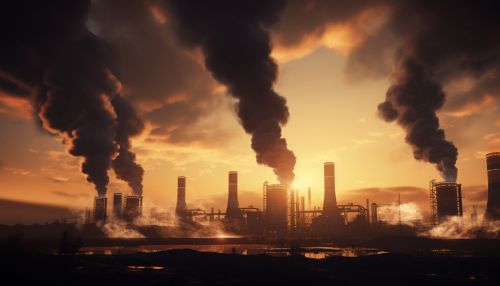
Effects of Climate Change
Climate change has a wide range of impacts on the environment and human societies. These effects are interrelated and can exacerbate each other.
Physical Impacts
Physical impacts of climate change include increased average temperatures, rising sea levels, and changes in precipitation patterns. These changes can lead to more frequent and intense weather events, such as hurricanes, droughts, and floods.
Ecological Impacts
Climate change can disrupt ecosystems and biodiversity. Changes in temperature and precipitation can alter habitats and affect the distribution and behavior of species. This can lead to shifts in ecosystems and potentially the extinction of some species.
Societal Impacts
The societal impacts of climate change are vast and can affect human health, agriculture, economy, infrastructure, and social systems. These impacts are often most severe for communities that are least able to adapt, such as those in developing countries or in high-risk areas.
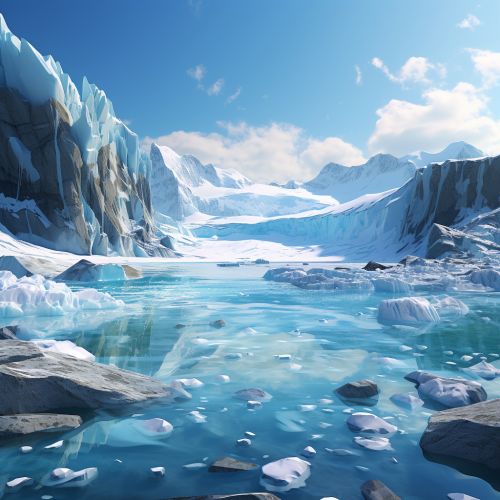

Mitigating Climate Change
Mitigation refers to efforts to reduce or prevent the emission of greenhouse gases. Mitigation can mean using new technologies and renewable energies, making older equipment more energy-efficient, or changing management practices or consumer behavior.
Reducing Greenhouse Gas Emissions
The most direct way to mitigate climate change is to reduce greenhouse gas emissions. This can be achieved by transitioning to renewable energy sources, improving energy efficiency, and changing industrial processes.
Carbon Sequestration
Carbon sequestration is the process of capturing and storing atmospheric carbon dioxide. It is one method of reducing the amount of carbon dioxide in the atmosphere with the goal of reducing global climate change.
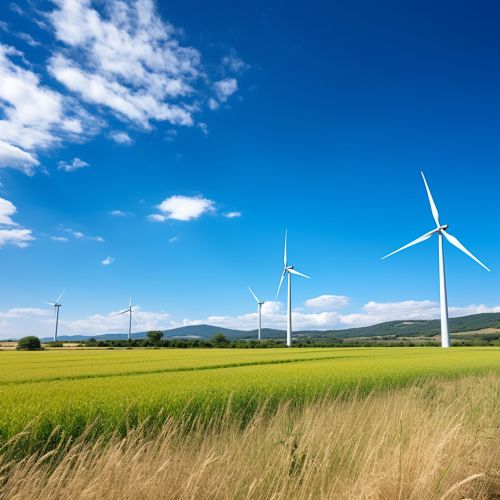
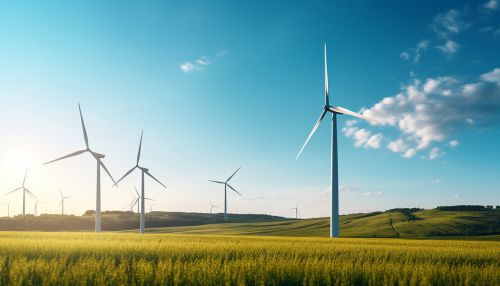
Adapting to Climate Change
Adaptation refers to adjustments in ecological, social, or economic systems in response to actual or expected climatic stimuli and their effects or impacts. It refers to changes in processes, practices, and structures to moderate potential damages or to benefit from opportunities associated with climate change.
